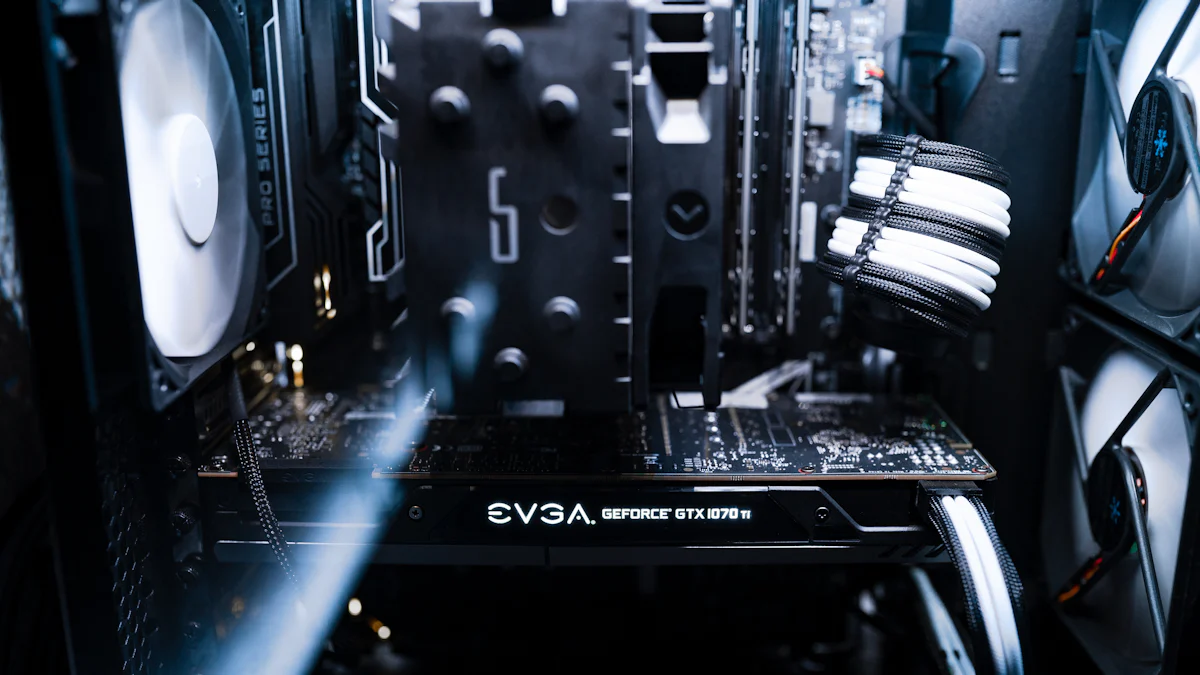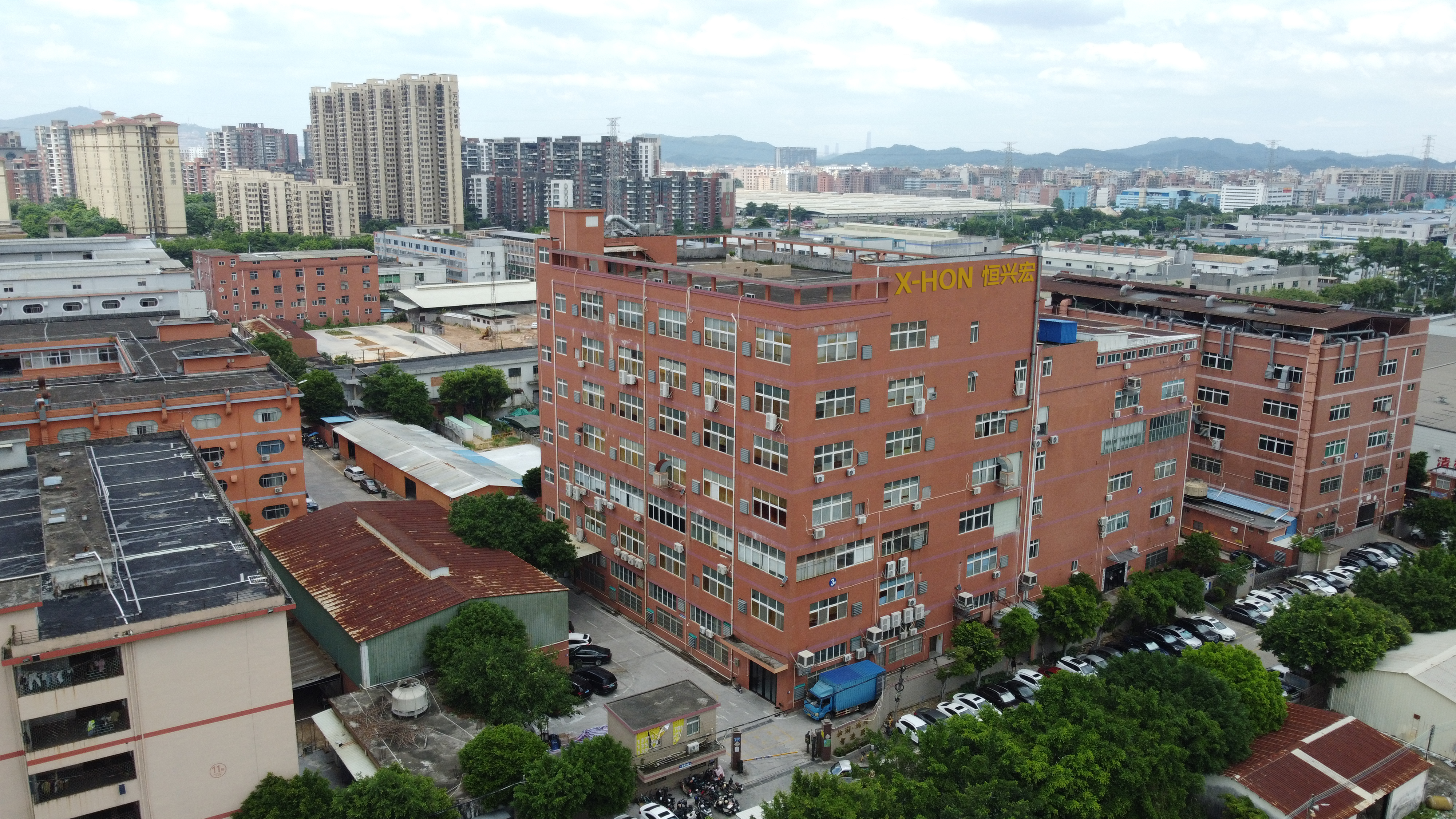What is the science behind heat dissipation in everyday life?

Heat dissipation plays a crucial role in everyday life. Excess heat needs to be managed to prevent overheating in various systems. Effective heat dissipation ensures stability in electronic devices and household appliances. Three primary mechanisms facilitate this process:
Conduction transfers heat through direct contact.
Convection involves fluid movement to carry heat away.
Radiation emits heat in the form of electromagnetic waves.
Understanding these mechanisms helps in designing efficient systems. For customized heat dissipation solutions, visit X-HON's homepage to contact us for tailored cooling fans.
What Are the Basic Principles of Heat Dissipation?
How Does Conduction Work in Heat Transfer?
Conduction transfers heat through direct contact. Molecules in a hotter area vibrate with higher kinetic energy. These molecules collide with neighboring cooler molecules. This collision transfers thermal energy. Scientific Research Findings: An area of higher kinetic energy transfers thermal energy towards the lower kinetic energy area. Metals like copper and aluminum conduct heat efficiently. These materials have tightly packed atoms. Atoms transfer energy quickly. Everyday objects like pots and pans use conduction. The bottom of a pan heats up on a stove. Heat travels through the metal to cook food evenly.
How Does Convection Facilitate Heat Dissipation?
Convection involves fluid movement to carry heat away. Fluids include liquids and gases. Warmer fluid rises while cooler fluid sinks. This movement creates a cycle. Scientific Research Findings: Investigated the convective heat transfer mechanism of a nano heat exchanger using molecular dynamics simulation. Observed temperature jump and velocity slip at wall-fluid interfaces. Highlighted the impact of surface wettability on heat transfer performance. Water boiling in a pot shows convection. Bubbles rise as water heats. Cooler water moves down to replace it. Household appliances like air conditioners use convection. Fans circulate cool air throughout a room. This process helps maintain a comfortable temperature.
What Role Does Radiation Play in Heat Transfer?
Radiation emits heat in the form of electromagnetic waves. Objects do not need to touch for radiation to occur. The sun radiates heat to Earth. This process warms the planet. Scientific Research Findings: In heat conduction problems, the divergence of the temperature gradient provides information about the heat sources or sinks within a material. Essential for analyzing temperature and heat transfer in various materials and structures. Infrared heaters use radiation to warm spaces. These heaters emit infrared waves. Surfaces absorb these waves and increase in temperature. Radiation impacts energy efficiency. Proper insulation reduces heat loss through radiation. This practice saves energy and lowers costs.
For customized heat dissipation solutions, visit X-HON's homepage to contact us for tailored cooling fans.
How Do These Principles Apply to Everyday Systems?

How Is Heat Managed in Electronic Devices?
Importance of Heat Sinks and Fans
Electronic devices generate heat during operation. Heat sinks and fans play a crucial role in managing this heat. Heat sinks absorb excess heat from components. Fans then disperse the heat into the surrounding air. This process prevents overheating and maintains device performance.
Case Study of a Smartphone
Modern smartphones use advanced thermal management techniques. Heat spreaders and heat sinks are common in smartphone designs. These components distribute heat evenly across the device. The Coefficient of Thermal Spreading (CTS) evaluates thermal design effectiveness. This measurement ensures optimal performance and user comfort.
Introduction to Brand "X-HON" and Its Customizable Production
X-HON offers customizable cooling solutions for electronic devices. Customers can visit X-HON's homepage to explore tailored cooling fan options. These products enhance device efficiency and longevity.
How Does the Human Body Dissipate Heat?
Mechanisms of Sweating and Blood Flow
The human body uses sweating to regulate temperature. Sweat evaporates from the skin, removing heat. Blood flow also plays a role in heat dissipation. Blood vessels expand to release heat through the skin.
Impact of Clothing and Environment
Clothing affects how the body manages heat. Light and breathable fabrics allow better air circulation. Environmental factors like humidity and temperature influence heat loss. Proper clothing choices help maintain comfort and safety.
Health Implications of Overheating
Overheating poses health risks. Symptoms include dizziness, fatigue, and dehydration. Staying hydrated and wearing appropriate clothing reduces these risks. Awareness of environmental conditions helps prevent heat-related illnesses.
How Do Household Systems Utilize Heat Dissipation?
Examples in Kitchen Appliances
Kitchen appliances like ovens and refrigerators rely on heat dissipation. Ovens use fans to circulate hot air for even cooking. Refrigerators remove heat from inside to maintain a cool environment.
Role in HVAC Systems
HVAC systems regulate indoor temperatures. These systems use convection to distribute air throughout a space. Proper maintenance ensures efficient operation and energy savings.
Energy-Saving Tips
Energy efficiency reduces costs and environmental impact. Regular maintenance of appliances improves performance. Using programmable thermostats optimizes heating and cooling schedules. Simple actions lead to significant energy savings.
For customized heat dissipation solutions, visit X-HON's homepage to contact us for tailored cooling fans.
What Environmental Factors Affect Heat Dissipation?

How Does Temperature Influence Heat Transfer?
Effects of Ambient Temperature
Ambient temperature greatly affects heat transfer. Higher temperatures reduce the temperature gradient. This reduction slows down heat dissipation. Electronic devices may overheat in hot environments. Cooler surroundings enhance heat transfer efficiency.
Seasonal Variations
Seasonal changes impact heat dissipation. Summer increases ambient temperatures. Winter provides cooler conditions. Devices and systems must adapt to these variations. Adjustments ensure optimal performance throughout the year.
Strategies for Adaptation
Adaptation strategies improve heat management. Use fans or air conditioning in warmer months. Insulate spaces during colder periods. These methods help maintain consistent heat dissipation. Consistent management enhances system longevity.
What Is the Impact of Humidity on Heat Dissipation?
Relationship Between Humidity and Heat Transfer
Humidity influences heat transfer processes. High humidity reduces evaporation rates. Reduced evaporation hinders cooling mechanisms. Sweating becomes less effective in humid conditions. Lower humidity allows more efficient heat loss.
Examples in Different Climates
Different climates exhibit varying humidity levels. Tropical regions experience high humidity. Deserts have low humidity. Heat dissipation strategies vary accordingly. Understanding climate helps optimize cooling solutions.
Solutions for Managing Humidity
Managing humidity improves heat dissipation. Dehumidifiers lower indoor moisture levels. Proper ventilation enhances air circulation. These solutions support effective heat management. Effective management ensures comfort and safety.
How Do Material Properties Affect Heat Dissipation?
Conductivity and Insulation Properties
Material properties dictate heat dissipation efficiency. High thermal conductivity materials transfer heat quickly. Metals like copper and aluminum excel in this area. Insulating materials slow down heat transfer. Proper selection enhances system performance.
Innovations in Material Science
Material science innovations boost heat management. New composites offer improved conductivity. Bimetallic components optimize heat transfer. Research explores unique shapes for better dissipation. These advancements lead to more efficient systems.
Practical Applications in Construction
Construction benefits from advanced materials. Insulation reduces energy loss in buildings. Conductive materials enhance heating systems. Proper material choice improves overall efficiency. Efficient construction practices save energy and costs.
For customized heat dissipation solutions, visit X-HON's homepage to contact us for tailored cooling fans.

Effective heat management plays a crucial role in maintaining the performance and safety of everyday systems. Heat dissipation prevents overheating in devices like computers, car engines, and ovens. Practical solutions include using materials with high thermal conductivity and designing systems that maximize surface area for heat transfer. Conduction, convection, and radiation ensure efficient heat management across various applications. Understanding these principles helps you optimize energy use and device longevity. For tailored cooling solutions, visit X-HON's homepage to explore customizable fan options that enhance heat dissipation in your devices.
See Also
Effortless Heat Management Using Fan Technology
Effective PC Cooling Solutions with Fans
Unexpected Efficiency of Industrial Fan Cooling
About US
X-HON
X- HON is a leading manufacturer of cooling fans,speciaizing in research, development, and production forover a decade. With a focus on quaity and inovation, we ofer arange of cooling solutions to global markets, ensuring superior performance and reliable service.
Address
Address1: HuaYuan Building, Xixiang Avenue, Bao'anDistrict, Shenzhen, Guangdong Province, china;
Address2: DaLingShan District, DongGuan,Guangdong Province, china
Contacts
frelin.jiang@x-hon.com
bella.cai@x-hon.com
+86 15626528321
To inquire about product specifications or to request custom fan designs,
please leave your email address.
Our dedicated service team will be in contact with you shortly.

